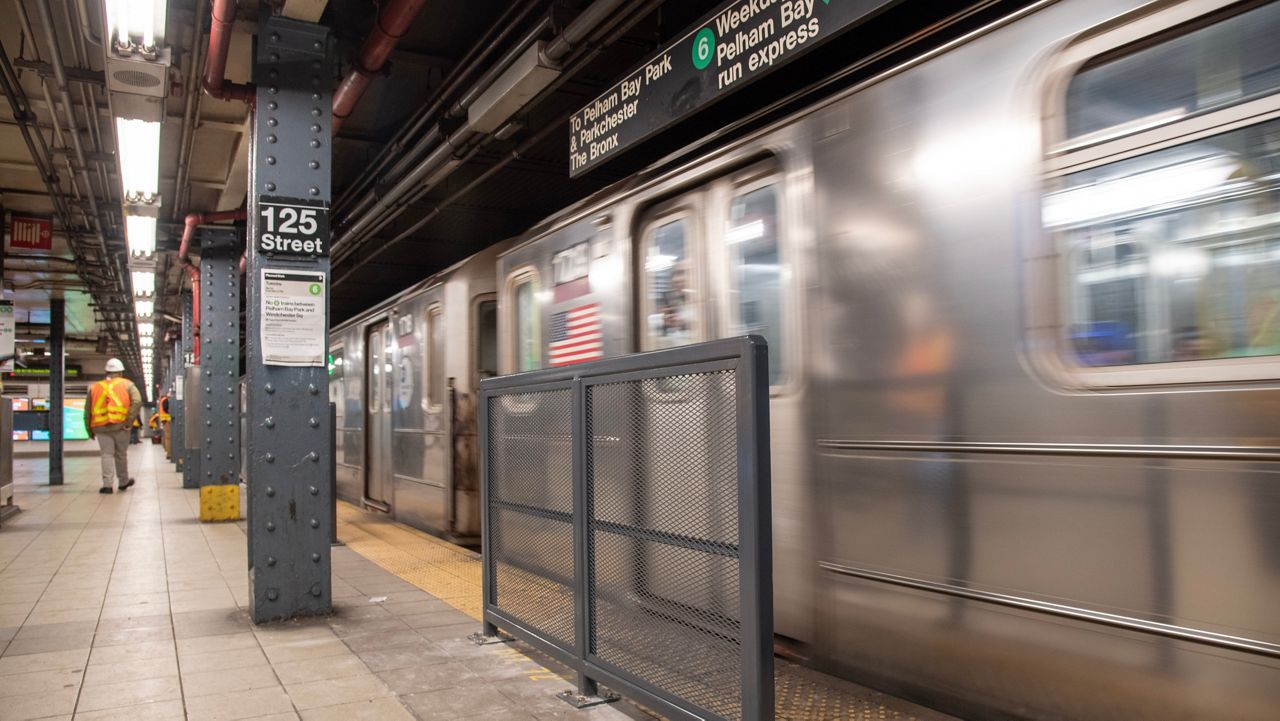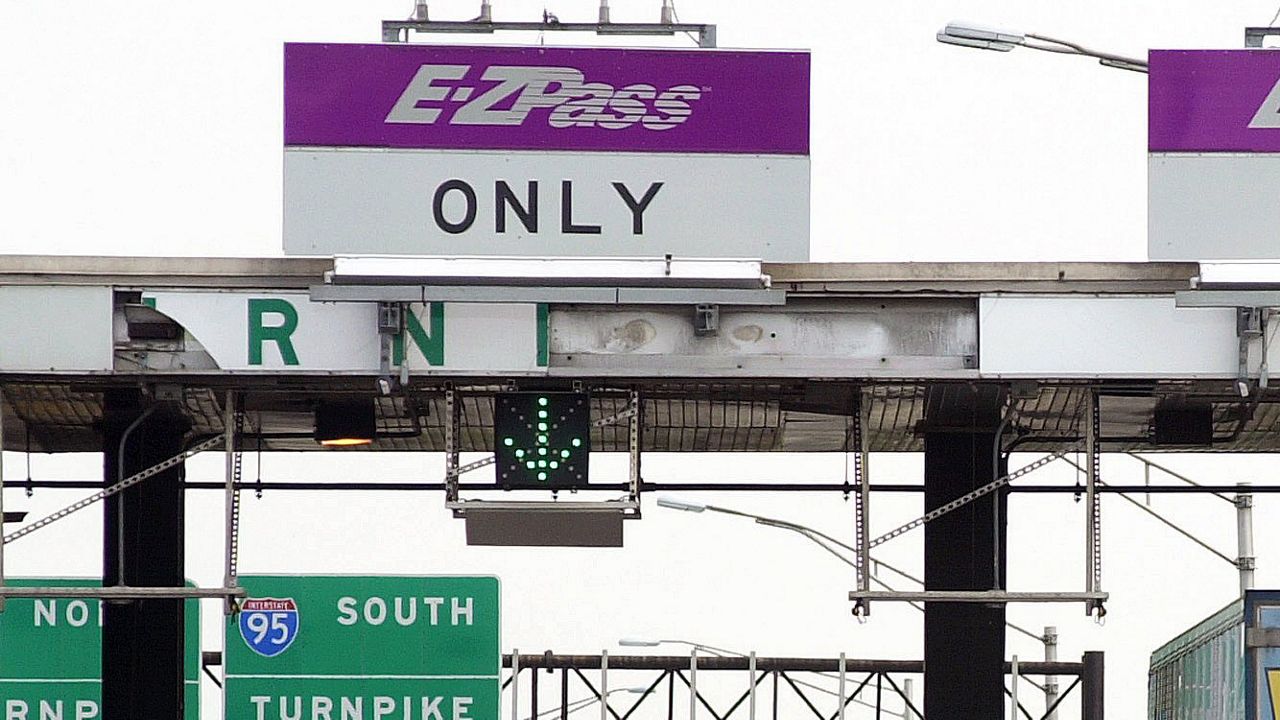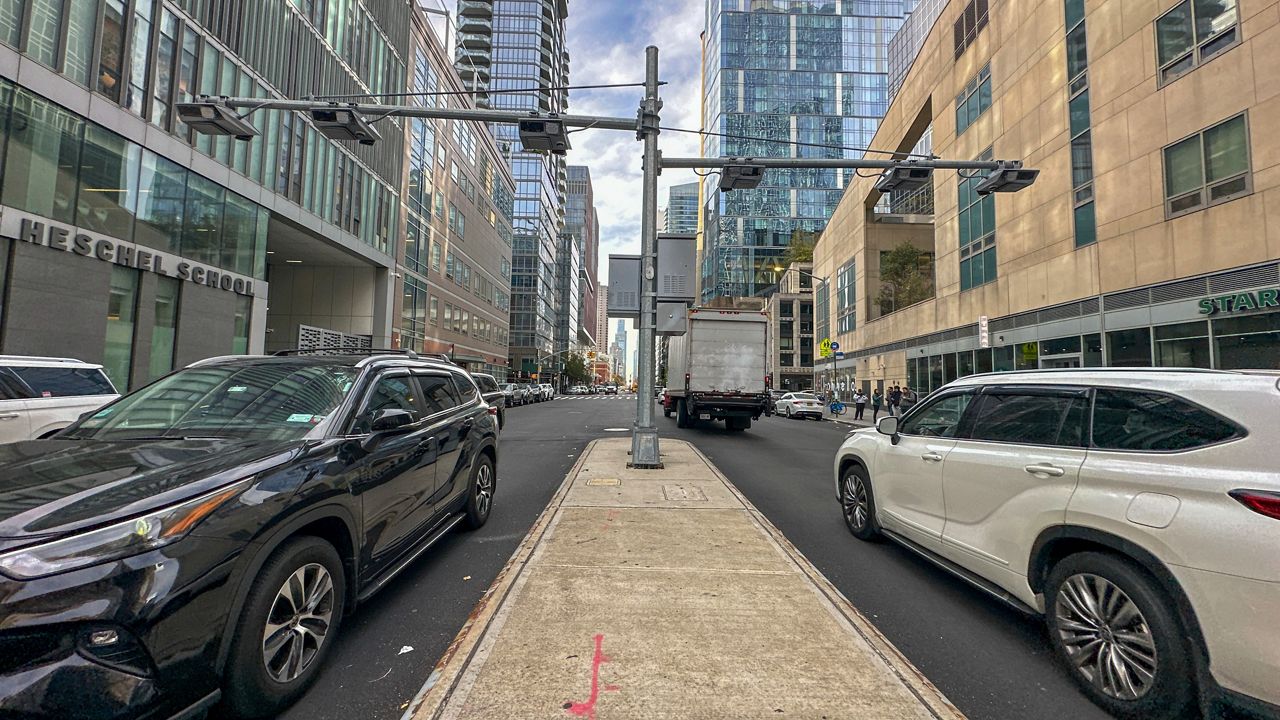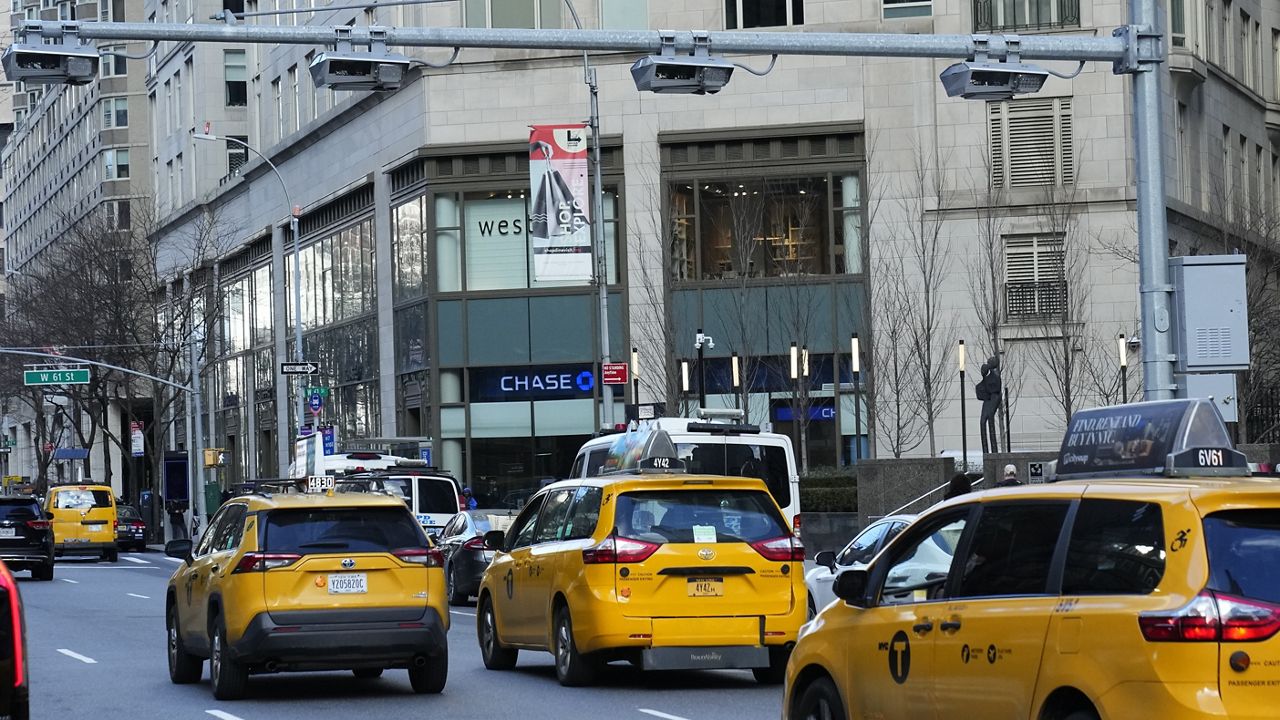The Washington Bridge connecting the city’s two northernmost boroughs over the Harlem River now features a two-way protected bike lane and a dedicated bus lane.
Changes span from Amsterdam Avenue in Manhattan to University Avenue in the Bronx.
"This is a great example on how we are building bridges for people in New York City,” city Department of Transportation Commissioner Ydanis Rodriguez said at a press conference.
What You Need To Know
- The Washington Bridge connecting the city’s two northernmost boroughs over the Harlem River now features a two-way protected bike lane and a dedicated bus lane
- Prior to the redesign, pedestrians shared a narrow walkway with the bridge’s bike traffic
- Changes span from Amsterdam Avenue in Manhattan to University Avenue in the Bronx
Prior to the redesign, pedestrians shared a narrow walkway with the bridge’s bike traffic. Now, the Manhattan-bound side features a two-way bike lane, with reinforced cement barriers and fencing to protect cyclists from vehicle traffic.
It’s proven to be very popular for some of the more than 900 cyclists who cross the span daily.
“It’s the best thing in the world. I use it every day,” cyclist Marisa Shuman said. “I live in Washington Heights and I teach in the Bronx, and so before I was like, riding my bike on this little rickety tiny thing, and I felt like I was going to get in an accident every day. And now, with the bike lane, my commute is faster, everyone feels safer, it’s amazing.”
The bus lane and the bike lane each eliminate a lane of traffic in both directions on the bridge. NY1 was unable to safely talk with drivers about the change, but it brings six lanes for trucks and cars down to just four.
The Bronx-bound side now has a dedicated bus lane serving five bus routes for more than 68,000 riders daily, connecting the 181st Street busway in Manhattan and the Edward L. Grant Highway and University Avenue bus lanes in the Bronx.
The DOT added automated cameras for bus lane enforcement, hoping to improve bus speeds.
“I think that the bus lane is very helpful,” Washington Heights resident Avy Gayl said. “I think it helps with traffic control and not getting stuck behind buses as a driver, so that’s a good aspect.”
The changes also feature redesigns of the intersections leading up to both entrances of the bridge approach, with the goal of improving safety for all those who use it.









_PKG_DOT_BQE_Improvements_CG_131225588_368)
